Kumbha Mela: Worlds Largest and Oldest religious practice Supported by the state
A recent article in The New York Times lamented about the excellent arrangements made for the Kumbha Mela at Prayagraj as something abominable and done with the aim of catching votes! Even the development of amenities, construction of roads and flyovers and ban on letting out tannery effluents into the Ganga were commented upon by this newspaper as agenda-driven to keep the Hindu vote bank in good humour. While this is nothing but an expression of a sick mind, one accusation needs to be cleared to set the record straight and also to keep the Hindus informed of how this event was managed in the past.
The report has termed this Kumbha Mela as ‘State sponsorship’ of the religion of the Hindus. It ‘justifies’ this criticism by quoting a figure of $600 million as having gone into the making of a number of bridges, roads, flyovers, trashcans, toilets etc for the visiting population. While this is nothing but long term investment benefiting the entire region, what the newspaper had failed to understand is that this event was not just Paraygraj-centric, but is celebrated all over India wherever there are temples. And in all those temples, this event was sponsored by the kings or/ and by the community living around the temple in olden days. Temple inscriptions stand as evidence for ‘State sponsorship’ of this event in those temples.
This event is a yearly affair even now in the temples of Tamilnadu and celebrated on the Full Moon of the month of Kumbha (Aquarius) by the name “Maasi Magham”. Gods themselves are taken out in a procession and given bath in the sea, or river or confluence of rivers or in a nearby tank, in the absence of access to other water bodies. In the very heart of the capital city Chennai, in the temple of Adhipureeswarar in Tiruvottriyur, there stands a pillar inscription on the gift of money by an assembly of members for conducting this festival which we call as Kumbh Mela today.

(Source: Inscriptions Of The Madras Presidency Vol.I by Rangacharya.V.)
An inscription found in the Devanatha Perumal temple of Tiruvaheendipuram in Cuddalore conveys about the grant of land and tax exemption for generating money for conducting this festival. The mention of tax exemption makes it clear that the grant was ‘State- sponsored’.

Maasi Magham, the annual celebration of Kumbha Mela celebrated even now in the temples of Tamilnadu had been continuing from an undated past if we look at a verse of Sangam text called ‘Pattinappalai’. This text, presumably written before the start of the Common Era refers to a temple on the shore of Pumpukar, known as ‘Magha viṇmeen kottam’ (temple of Magha star).
By the name of it, this temple was exclusively meant for Magha festival when Moon becomes full in Magha star in the month of Maasi (Sun in Aquarius). Today this temple is not there – perhaps lost into the sea due to successive inundation experienced in Pumpukar in the past. But the reference to this in southern most part of India makes Kumbha festival a pan-Indian festival and the oldest one in recorded history, with the Sangam text testifying its antiquity.

The text continues to mention about two lakes associated with it and named as ‘material desire of present birth’ and ‘desire of future birth’ (Ulagiyal immai-k kaamam, Marumai-k kaamam). These names being self- descriptive, it is obvious that people had taken sacred bath in these lakes on Maasi Magham for material gains in this birth and future birth. The entire community – who were all Hindus and none else – have considered this occasion as sacred and worthy of a dip in the waters.
This concept must have been there in temples of North India too and supported by the kings of yore. But with temples becoming the target of the invaders of alien faith that culture had vanished in north India, and Kumbh Mela revived in later centuries. The Wikipedia article giving a recent genesis for Kumbha Mela is an evidence of the revival of this festival by a beleaguered civilization limping back to normalcy. What is wrong in keeping up this ancient practice in its glory? Is it not the duty of the State to preserve this culture that has been continuing for more than 2000 years, going by the reference found in the Tamil Sangam text? The mischievous article in The New York Times is against humanity in having cast aspersions on the conduction of a heritage practice that a civilised society is expected to cherish.
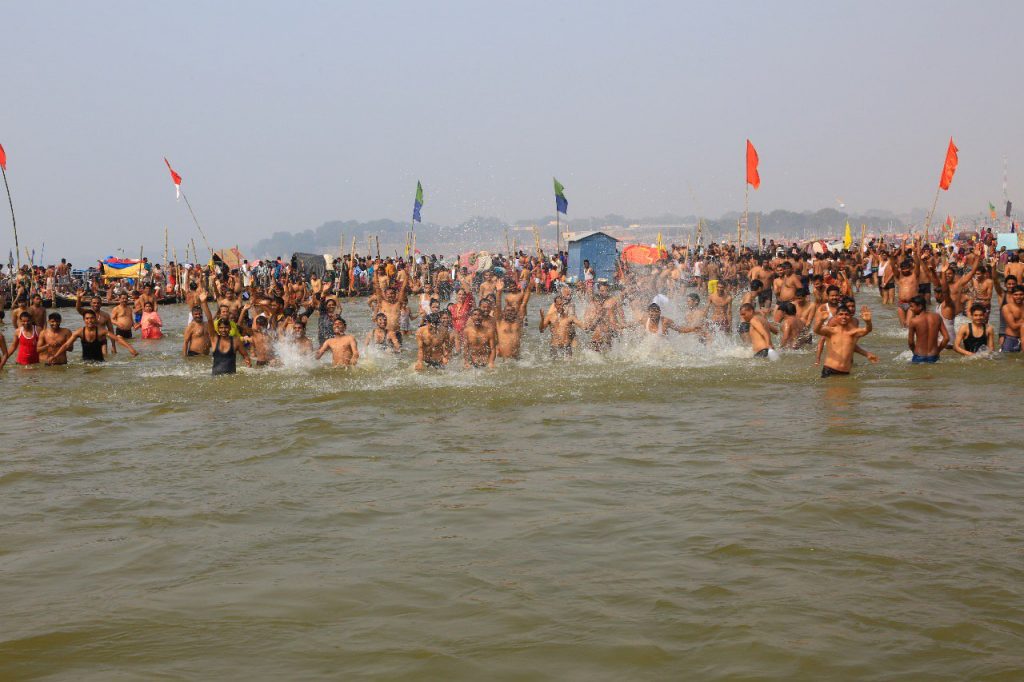
Before ending, let us know about the uniqueness the holy dip at Prayagraj which is considered supreme. The reason, as told in Mahabharata (13-25) is that ten thousand tirthas and thirty crores of other tirthas are supposed to come to Prayagraj in the month of Magha. Therefore a dip at Prayagraj in the month of Magha and on the day of Full moon is supposed to be equal to taking dips at all the tirthas of Bharat. The one who takes the dip is cleansed of his sins and attains heaven, says Bhishma to Yudhsithira. The description in this chapter doesn’t restrict the event to once in 12 years or 6 years but to every year. Sacredness is attached to the astronomical combination occurring every year.

The 12 year and the like are related to the movement of Jupiter reckoned in the calendar of Jupiter Era or Barhaspatya-mana at the height of Vedic culture. The calendar system was different then with five years making a yuga and 7 yugas making a 35 year cycle. The location of Jupiter during different yugas of this cycle was immortalised into Kumbh Mela years later, when Vedic culture was on the wane. The continuity without losing the advantage of the astronomical combination of the day makes Kumbha Mela the oldest continuing practice – something not found in any other part of the world. Let us celebrate this fact on this sacred month of Kumbh Mela.




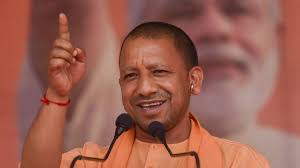

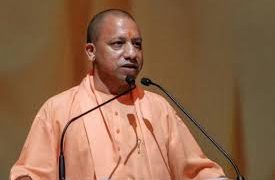









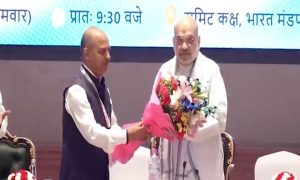

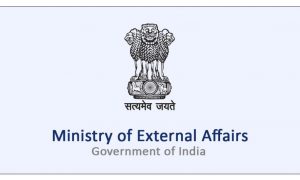









 WhatsApp us
WhatsApp us